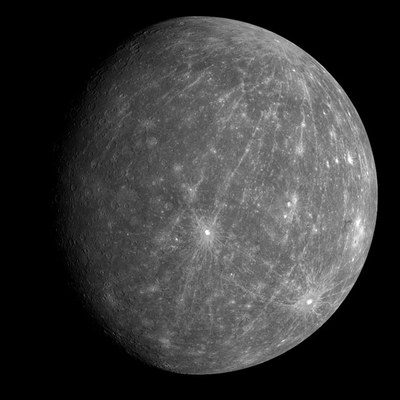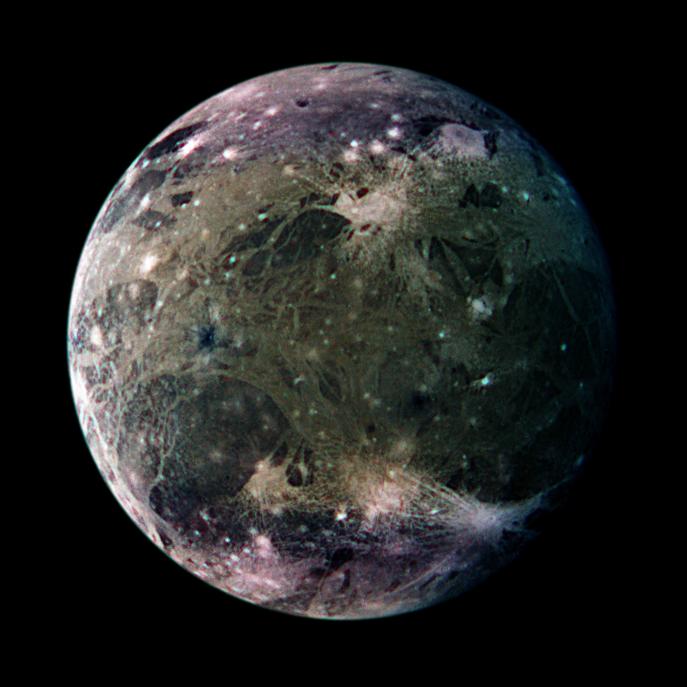Click here if you want to read this page in Spanish![]()
Uranus a very distant planet is the seventh planet in the Solar System, after Mercury, Venus, Earth, Mars, Jupiter and Saturn.
Uranus a very distant planet that can be seen with binoculars
This planet can be seen with the naked eye in an exceptionally dark sky, and can be found easily with simple binoculars.
Uranus is named like that in honor of the Greek god Uranus, who was the father of god Saturn.
In the cover image, you can see how Uranus would appear in visible light. It’s a courtesy of NASA/JPL-Caltech

Distance from Uranus to Sun
Uranus is said to be an outer planet, as it is farther from the Sun than Earth.
The Earth is at an average distance of 150,000 km from the Sun.
On the other hand, Uranus is at an average distance of 3,000,000,000 km from the Sun.
Physical characteristics of Uranus a very distant planet
After Jupiter and Saturn, Uranus is the largest planet in the Solar System.
Its diameter is 51,118 km (almost four times greater than that of Earth).
Its density is 1.29 gr / cm3
It is also a so-called “gaseous” planet, as it is made up of 85% hydrogen, 15% helium and 1.99% methane.
Uranus has a nucleus composed of rocks and ice of different kinds, the latter much more abundant.
The planet has a thick atmosphere formed by a mixture of hydrogen and helium that can represent up to 15% of the planetary mass.

This image was made by NASA in 2010, combining an image of the Earth with another of Uranus
Uranus has the most uniform surface of all the planets due to its characteristic blue-green color, produced by the combination of gases present in its atmosphere.
On Uranus there is a gradual transition from atmosphere to liquid ocean; therefore, the ocean of Uranus is not at all like the terrestrial.
The outer cloud layers are formed by a compound of hydrogen and helium enriched with methane.
The inner atmosphere liquefies as the depth descends, and envelops the ice sheet of chemical compounds, including water, ammonia and methane.
This ocean of water and ammonia has a high electrical conductivity.
Discovery of Uranus a very distant planet
Uranus was the first planet discovered after the four that were known in ancient times.
It was discovered by William Herschel on March 13, 1781, using a telescope built by himself, although at first he reported that it was a comet.

It is fair to remember that his sister, Carolina, in addition to encouraging him in his work, collaborated very actively in the laborious calculations and annotations.

Uranus orbits around the Sun
The main characteristic of Uranus is the inclination of its axis of rotation of almost ninety degrees with respect to its orbit.
The tilt is not only limited to the planet itself, but also to its rings, satellites, and its magnetic field.
In the 84 years it takes to orbit the Sun, first one pole of Uranus is illuminated and the other remains in shadow. After 42 years everything happens backwards.
Consequently, this planet is expected to have significant seasonal effects on its atmosphere. Average temperatures are below -100º C.

Uranus travels the solar orbit in about 84 years, at an average speed of 6.8 km / sec.
The rotation of Uranus, like that of Venus, is retrograde and its axis of rotation is tilted almost ninety degrees above the plane of its orbit.
The reasons why the planet’s axis is tilted to such a high degree are not known.
Although it is speculated that perhaps during its formation the planet may have collided with a large protoplanet capable of producing this anomalous orientation.
Other possibilities are the gravitational disturbances exerted by the other giant planets of the Solar System.
Uranus’s magnetic field is slightly less intense than Earth’s magnetic field, but unlike Earth, Urano it does not have metallic elements inside.
Uranus’s rings
In 1977, it was fortuitously discovered that Uranus, like the other giant planets in the Solar System, has a ring system, albeit a very faint one made up of dark particles.
In 1985, the rings were observed directly by the Voyager 2 space probe in a close-up approach to Neptune.

Recently and thanks to the images obtained by astronomers from the University of Berkeley, with the optical infrared system of the Keck telescope, located in Hawaii, it has been discovered that one of the rings is blue and the other red.
Red is the usual color for all rings, but blue rings are a planetary rarity.
Moons of Uranus a very distant planet
Uranus has 27 known natural satellites from observations by the Voyager 2 probes and the Hubble Space Telescope.
None of these 27 satellites have an atmosphere.
The largest satellites are Titania and Oberon, of similar size: 1,580 and 1,200 km in diameter, respectively.
Miranda, one of these satellites, 470 km in diameter, is made up of water ice and dust.
The moon Miranda has the highest cliff in the Solar System, a very high wall 20 km high (10 times higher than the walls of the Grand Canyon, on Earth).

In the image you can see a near-infrared view of the giant planet Uranus with rings and some of its moons
This image was obtained on November 19, 2002, with the ISAAC multi-mode instrument on the 8.2-m VLT ANTU telescope at the ESO Paranal Observatory (Chile).



